To ensure the safety of livestock in winter, the Department of Agriculture and Rural Development has advised the province to direct localities to deploy solutions to prevent hunger and cold for livestock, minimizing damage caused by cold to livestock.

Mr. Lo Van Nhien's family, Phu Luong village, Chieng Luong commune, Mai Son district, raises 6 cows. Since the beginning of October, taking advantage of agricultural by-products after harvest, he has stockpiled dry straw as feed for his cows during cold and rainy weather. Mr. Nhieu said: In addition to stockpiling dry straw, I was also instructed by agricultural extension officers to make silage to help cows eat easily, absorb easily and improve resistance in winter. In addition, the family has taken advantage of vacant land to grow grass, add salt to feed; cover the barn and absolutely do not graze cows during cold and severe weather.
Mr. Cam Van Thoa, Chairman of the People's Committee of Chieng Luong Commune, informed: Raising large livestock helps many local households stabilize their lives. Currently, the commune has over 4,200 buffaloes and cows; over 60% of households have switched from free-range to caged farming. The main source of food is agricultural by-products and proactively growing more grass to ensure nutrition. Through propaganda and mobilization, up to now, over 90% of livestock households have stored food for livestock in the winter.
The mountainous district of Bac Yen is a locality where the temperature is often lower than other areas. To protect livestock, especially goats, buffaloes and cows from freezing, the district has actively implemented measures to prevent hunger and cold for livestock in the area. Ms. Duong Thi Lan Huong, Head of the district's Department of Agriculture and Rural Development, shared: The whole district has over 80,800 livestock of all kinds. Since the beginning of October, the Department has coordinated with communes and towns to propagate, mobilize and guide livestock households to store feed for livestock; not to let livestock roam freely; reinforce and cover barns, keep livestock warm when the temperature drops and ensure that the barn floor is always dry and clean. Regularly update weather developments and timely information on loudspeakers so that people can proactively protect their livestock.
Currently, the whole province has over 550,000 buffaloes and cows. Right before winter, the Department of Animal Husbandry, Veterinary and Fisheries has advised the Department of Agriculture and Rural Development to issue a document to the People's Committees of districts and cities on preventing hunger, cold, and diseases for livestock, poultry and aquatic animals.
Mr. Nguyen Ngoc Toan, Head of the Department of Animal Husbandry, Veterinary and Fisheries, said: In fact, many years ago, severe cold and frost lasted for a long time, causing many livestock to die, causing great damage. The main reason was that people were subjective, grazing livestock in severe cold weather conditions; lack of reserves, lack of nutritious food, not ensuring the health of buffaloes and cows in winter. The Department has coordinated with communes to propagate and guide people to reserve food sources; reinforce, repair and cover barns. For livestock households in remote and mountainous communes without solid barns, mobilize people to build barns to bring free-range livestock back to raise; reserve fuel; strengthen the feeding and care regime to ensure a nutritious diet to ensure health against cold and epidemics. Weak and old livestock and young livestock have a reasonable care regime to increase resistance. Guide localities to build barn models that are suitable to the conditions of each region; organize visits for livestock farmers to learn and replicate the model, gradually limit and eventually eliminate the ineffective practice of letting livestock roam free.
The participation of all levels, sectors and localities, early initiative in preparing feed for livestock before winter; raising people's awareness in preventing and fighting cold for livestock, will contribute to maintaining and developing livestock, stabilizing income for breeders.
Article and photos: Nguyen Yen
Source


![[Photo] Prime Minister Pham Minh Chinh chairs meeting on railway projects](https://vphoto.vietnam.vn/thumb/1200x675/vietnam/resource/IMAGE/2025/10/23/1761206277171_dsc-9703-jpg.webp)

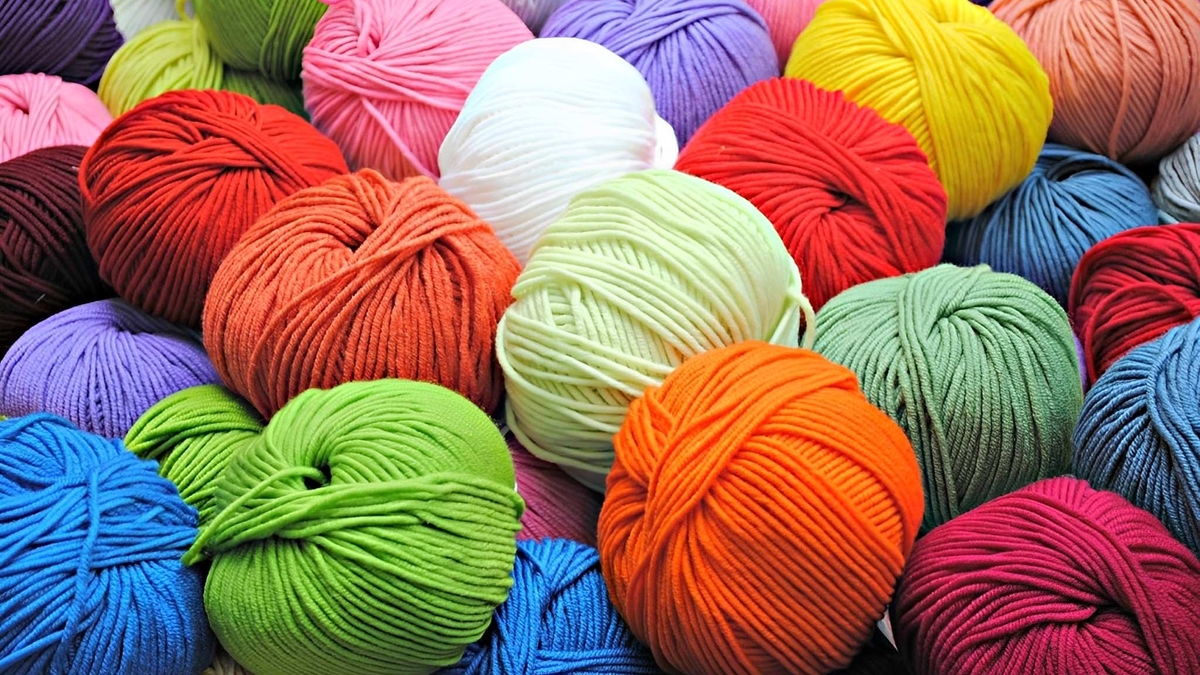
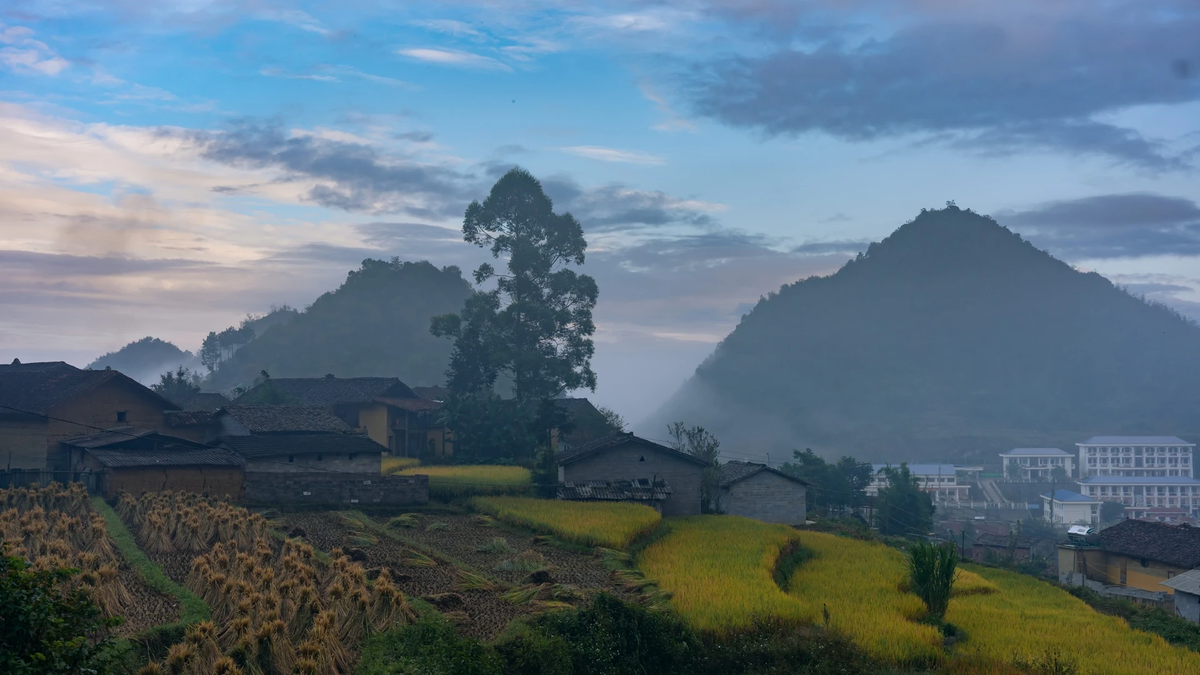
![[Photo] President Luong Cuong holds talks with South African President Matamela Cyril Ramaphosa](https://vphoto.vietnam.vn/thumb/1200x675/vietnam/resource/IMAGE/2025/10/23/1761221878741_ndo_br_1-8416-jpg.webp)
![[Photo] Prime Minister Pham Minh Chinh meets with South African President Matamela Cyril Ramaphosa](https://vphoto.vietnam.vn/thumb/1200x675/vietnam/resource/IMAGE/2025/10/23/1761226081024_dsc-9845-jpg.webp)

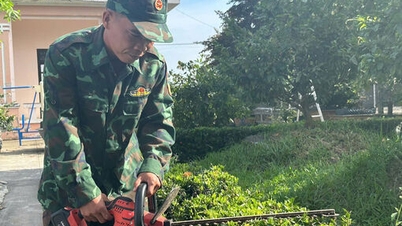

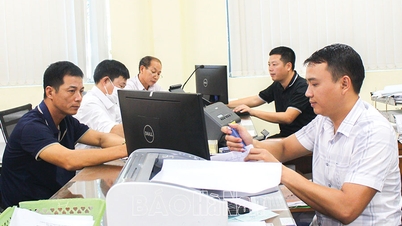


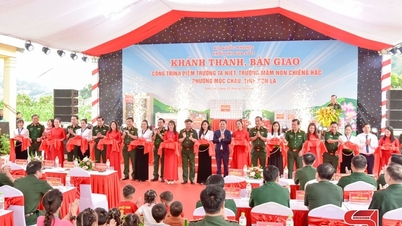

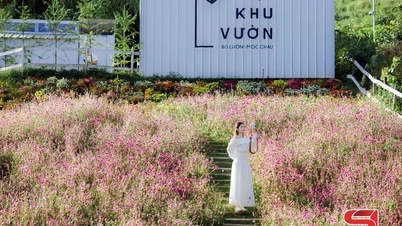
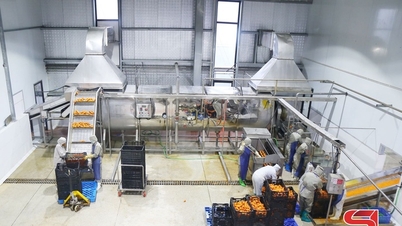
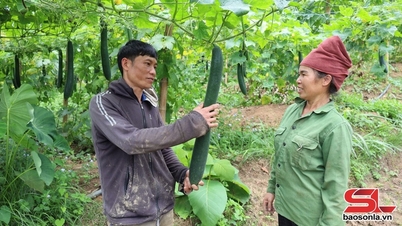

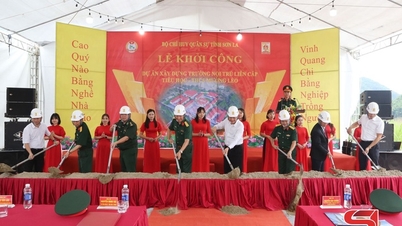




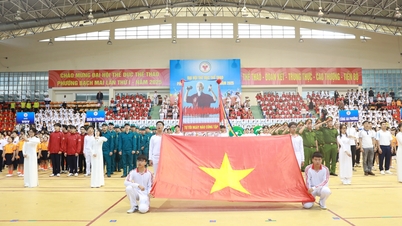


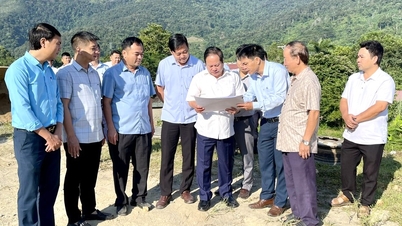

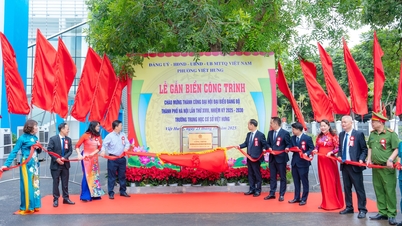













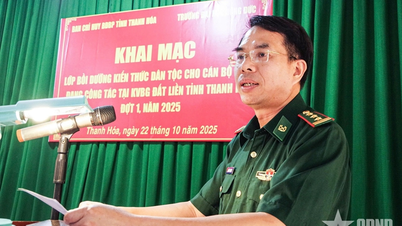



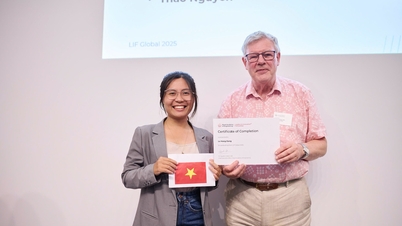



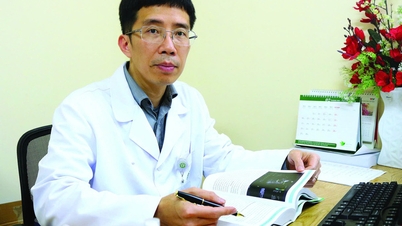















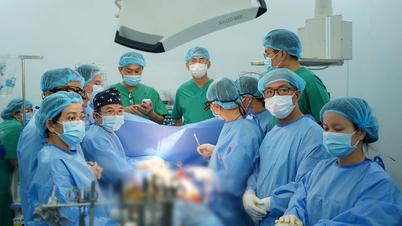






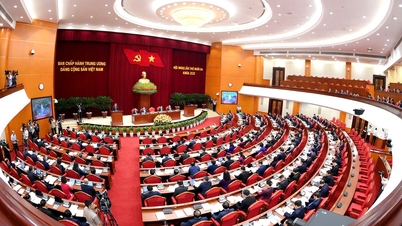



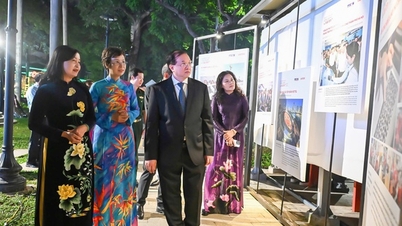


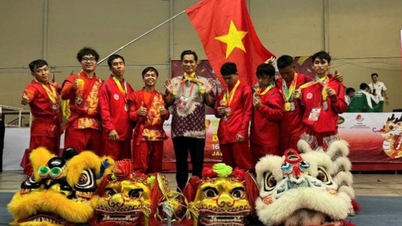
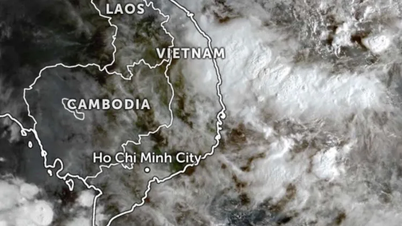

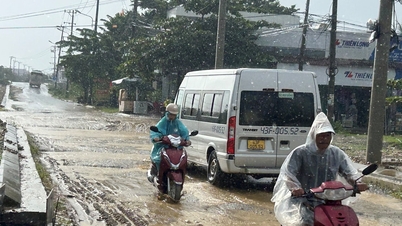

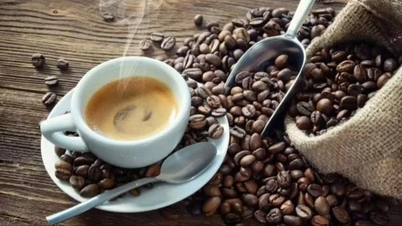

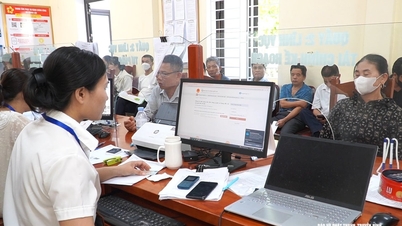















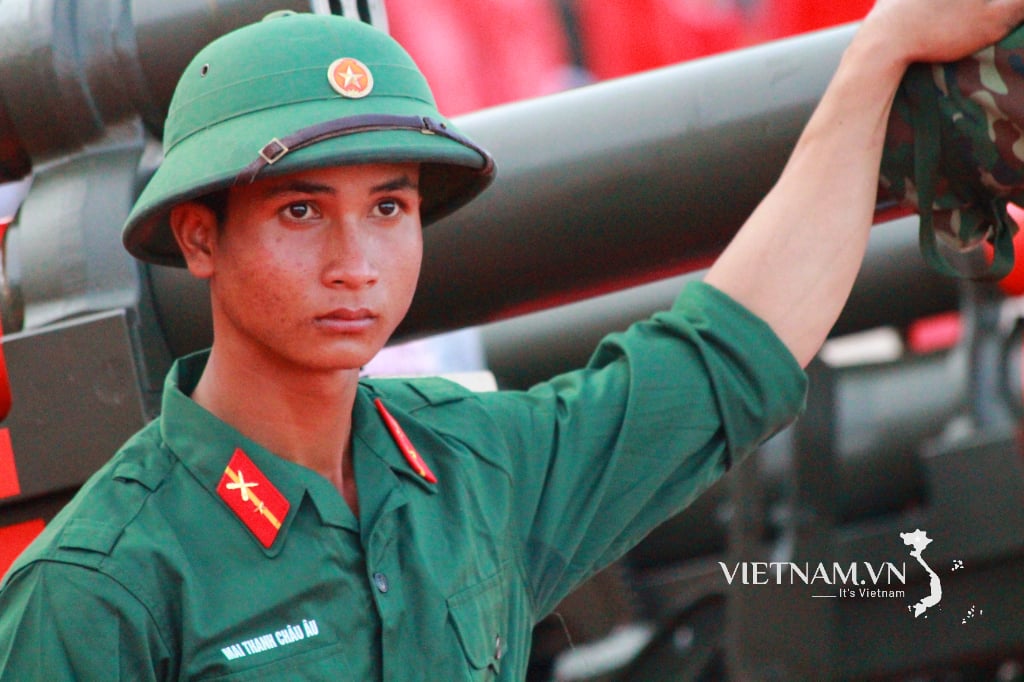

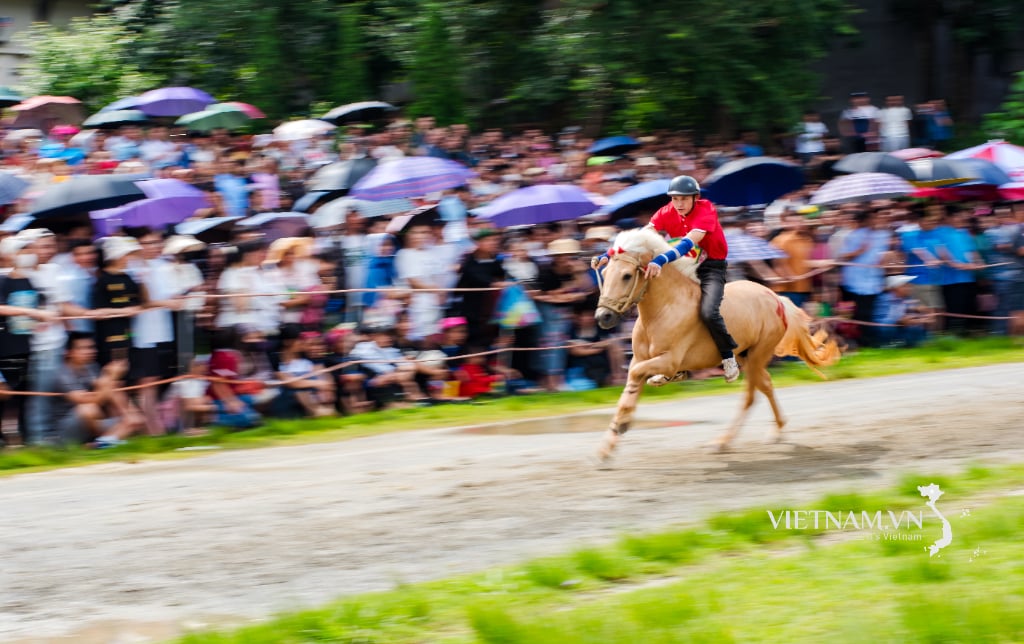

Comment (0)